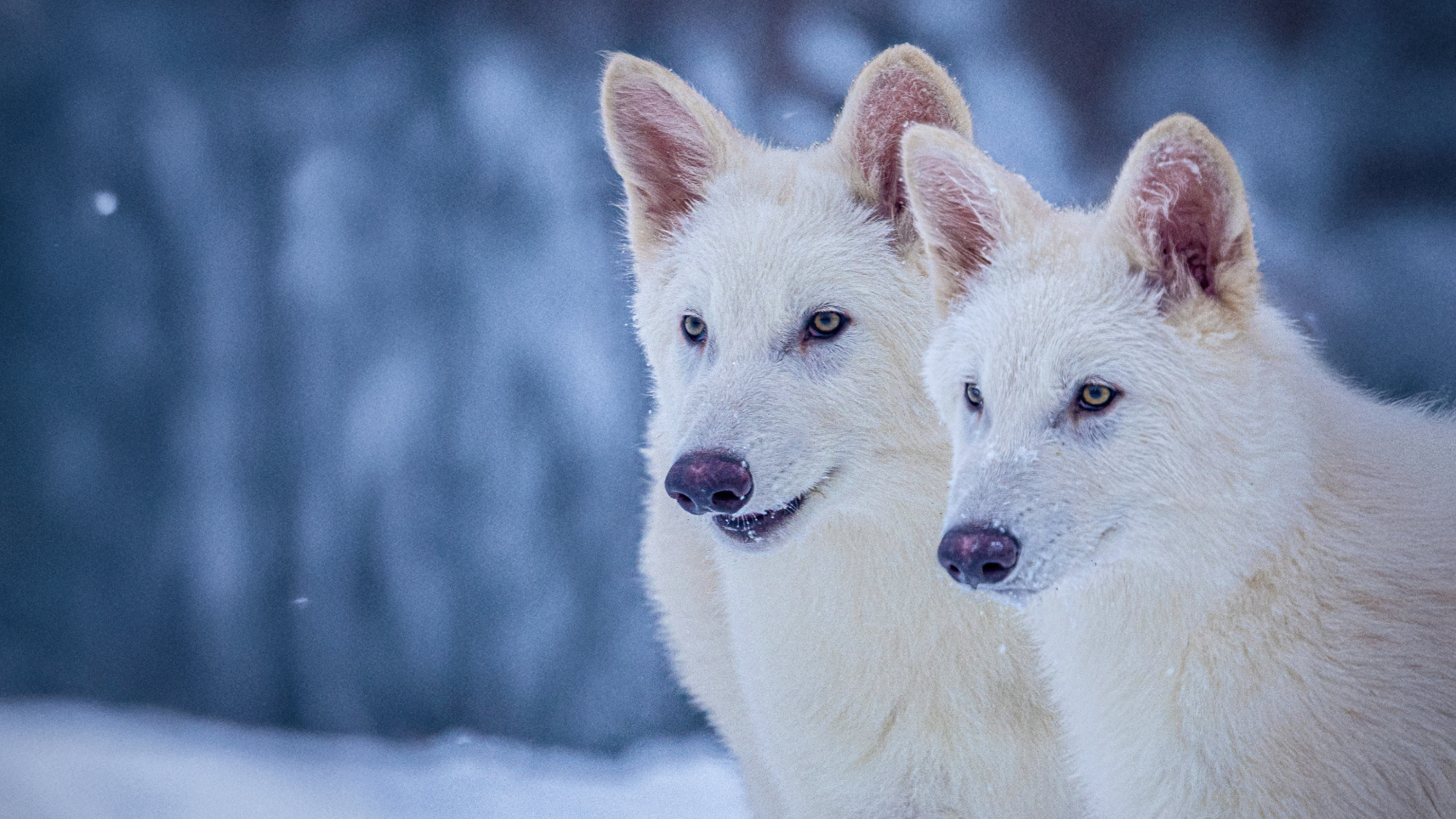Health & Science
Is there life on Jupiter’s moons?; Kids can add to happiness; The rewards of narcissism; Dino farts warmed the Earth
Is there life on Jupiter’s moons?
Three of Jupiter’s moons are ice-covered worlds that scientists suspect might harbor liquid seas beneath their frozen crusts—and some form of life. For a close-up look, the European Space Agency will launch a spacecraft in 2022 to tour the moons of Jupiter. The probe will fly close enough to three of the planet’s largest satellites—Ganymede, Callisto, and Europa—to study their hidden oceans and analyze their chemistry. “One of the main aims of the mission is to try to understand whether a ‘waterworld’ such as Ganymede might be the sort of environment that could harbor life,’’ Oxford University astronomer Leigh Fletcher tells The Guardian (U.K.). Though the moons are much colder than Earth, “it’s not so hard to imagine that life like that which lives in Antarctica and in the Arctic might be very possible’’ there, says University of Texas astronomer Britney Schmidt. The Jupiter Icy Moons Explorer will take nearly eight years to reach Jupiter’s neighborhood. NASA last year launched the Juno mission to Jupiter, which will study the giant planet itself in 2016. Recent budget cuts forced NASA to cancel plans for a future spacecraft that would have orbited Europa.
Kids can add to happiness
The Week
Escape your echo chamber. Get the facts behind the news, plus analysis from multiple perspectives.

Sign up for The Week's Free Newsletters
From our morning news briefing to a weekly Good News Newsletter, get the best of The Week delivered directly to your inbox.
From our morning news briefing to a weekly Good News Newsletter, get the best of The Week delivered directly to your inbox.
Having children won’t ruin your life after all. Two new studies have found that raising kids adds to people’s overall happiness—contradicting recent research that found that parents are more likely to be depressed and unsatisfied in their marriages than nonparents are. In one study, researchers tracked British and German couples from four years before they had children to four years after. They found “no evidence that parental well-being decreases after a child is born,” study author Mikko Myrskylä of Germany’s Max Planck Institute tells USA Today. He says some previous studies compared how couples felt just before they had children through the first year or two after the first child was born, when stress and sleeplessness cause a dip in their sense of well-being. That dip disappears later on. A second study, an analysis of surveys taken between 1972 and 2008, found that in recent decades, parents have become relatively happier than their childless peers. The findings also showed that parents who have children at an older age are happier than younger parents, and that the number of children they have is important. “The first child increases happiness quite a lot,” Myrskylä says. “The second child a little, the third not at all.”
The rewards of narcissism
Facebook and Twitter are so addictive because they tap into a hardwired human instinct to tell other people about ourselves, new research has found. Harvard University researchers scanned subjects’ brains as they answered questions, and found that when they talked about their lives and their opinions, it lit up the same reward centers of the brain activated by having sex, eating food, or earning money. Activity was even greater when participants got to share their thoughts with multiple people as opposed to keeping them private. In fact, the neuro-chemical reward for self-disclosure was so strong that people even turned down a small monetary award for changing the subject, preferring to remain the center of the conversation. The findings, study author Diana Tamir tells the Los Angles Times, help “to explain why people utilize social media websites so often.’’ About 80 percent of postings to social media like Facebook and Twitter consist of people writing about their own thoughts and experiences.
Dino farts warmed the Earth
A free daily email with the biggest news stories of the day – and the best features from TheWeek.com
Prehistoric Earth may have undergone an intense period of global warming caused by the burping and farting of plant-eating dinosaurs, a new study theorizes. Like cows, sheep, and other modern herbivores, long-necked sauropods like Apatosaurus and Brachiosaurus carried bacteria in their guts to help them digest their leafy meals. The bacteria would break down the plant matter and produce methane, which is “an extremely potent greenhouse gas,’’ British researcher David Wilkinson tells LiveScience.com. Methane is more than 20 times more effective at trapping heat than carbon dioxide is. Researchers estimated that in the Mesozoic era of 150 million years ago, sauropods—which were 80 feet long and weighed about 44,000 pounds—would have produced about 572 million tons of methane. That’s five times as much as modern cattle. With that much methane being pumped into the air, the study calculates, Earth may have been 18 degrees warmer in the Mesozoic than today. “We have no particular view which end of the sauropod the methane came out,’’ Wilkinson says. “Could be either or both.”
-
 Prickly pear juice recipe
Prickly pear juice recipeThe Week Recommends Jewel-toned, natural juice is a thirst-quenching treat
-
 The truth about vitamin supplements
The truth about vitamin supplementsThe Explainer UK industry worth £559 million but scientific evidence of health benefits is ‘complicated’
-
 Is convenience culture killing community?
Is convenience culture killing community?In The Spotlight A decline in emotional intelligence could be responsible for a diminished sense of belonging
-
 5 recent breakthroughs in biology
5 recent breakthroughs in biologyIn depth From ancient bacteria, to modern cures, to future research
-
 Bacteria can turn plastic waste into a painkiller
Bacteria can turn plastic waste into a painkillerUnder the radar The process could be a solution to plastic pollution
-
 Scientists want to regrow human limbs. Salamanders could lead the way.
Scientists want to regrow human limbs. Salamanders could lead the way.Under the radar Humans may already have the genetic mechanism necessary
-
 Is the world losing scientific innovation?
Is the world losing scientific innovation?Today's big question New research seems to be less exciting
-
 Breakthrough gene-editing treatment saves baby
Breakthrough gene-editing treatment saves babyspeed read KJ Muldoon was healed from a rare genetic condition
-
 Humans heal much slower than other mammals
Humans heal much slower than other mammalsSpeed Read Slower healing may have been an evolutionary trade-off when we shed fur for sweat glands
-
 Scientists map miles of wiring in mouse brain
Scientists map miles of wiring in mouse brainSpeed Read Researchers have created the 'largest and most detailed wiring diagram of a mammalian brain to date,' said Nature
-
 Scientists genetically revive extinct 'dire wolves'
Scientists genetically revive extinct 'dire wolves'Speed Read A 'de-extinction' company has revived the species made popular by HBO's 'Game of Thrones'